Use the floating blue icon in the bottom right to hide/reveal the English translations below or just click here.
Les villages de Bretagne sont très typiques et leur folklore est très riche. La danse bretonne en fait partie.
The villages of Brittany are very typical and folklore is very rich. Breton dance is part of this.
1 – Breton Dance French Vocabulary
- une ronde – a circle
- une chaîne – a chain
- en quadrette – in a foursome
- un cortège – a procession
- un cercle celtique – a Breton dance group
- un concours de danse – dance competition
- le niveau est haut – the level is high
- la concurrence – competition, rivalry
- féroce – fierce
- Je danse … depuis … – I have been dancing for…
- un châle noir – black shawl
- un tablier –apron
- une coiffe en dentelle – lace cap
- un gilet – waistcoat
- le biniou – Breton bagpipes
- la bombarde – shawm (traditional instrument in oboe family)
- un hautbois – oboe
- une vielle – hurdy-gurdy
- une animation – event
- un Fest Deiz – (Breton) daytime dance party/celebration
- un Fest Noz – (Breton) night-time dance party
- les pas – the steps

2 – Types of Breton Dancing
La danse bretonne vient traditionnellement de la société rurale, et il existe plus de cinq cents danses dans la région. Certaines danses se ressemblent, mais chaque village a développé de petites différences.
Breton dancing comes traditionally from rural society, and there are more than five hundred dances in the area. Some dances are similar, but each village has developed small differences.
Il y a différentes sortes de danses :
- en ronde;
- en chaîne (en ligne);
- en couple; en quadrette – c’est-à-dire avec deux couples;
- ou en cortège.
There are different kinds of dance in a circle, a chain (a line) or a couple, in a ‘quadrette’ – that is to say, with two couples – or in a procession.
Les danses en ronde et en chaîne sont les plus anciennes, et datent souvent du Moyen Age ou de la Renaissance. Les danses en couple ont seulement commencé à devenir populaires vers la fin du dix-neuvième siècle, quand la société a commencé à accepter plus facilement l’idée que les couples dansent ensemble.
Circles and chains are older and often date back to the Middle Ages or the Renaissance. Dances in couples only started to become popular in the late nineteenth century, when society began to accept more easily the idea of couples dancing together.

3 – Celtic Circles
Il y a beaucoup de groupes folkloriques en costume traditionnel qui font des spectacles de danses bretonnes. Ces groupes s’appellent des cercles celtiques. Certains cercles celtiques participent à des concours de danse. Le niveau est haut, et la concurrence peut être féroce. D’autres cercles dansent plutôt pour le plaisir, et ne font pas de concours. Ceci est le cas du cercle de Jugon les Lacs, ‘la Rosargue’. Je danse avec la Rosargue depuis presque dix ans.
There are a lot of folk groups in traditional costume which perform at Breton dance shows. These groups are called Celtic circles. Some Celtic circles participate in dance competitions. The level is high and competition can be fierce. Other circles dance for pleasure, and do not participate in competitions. This is the case of ‘The Rosargue’ – the Cercle Celtique of Jugon les Lacs. I have danced with The Rosargue for almost a decade.
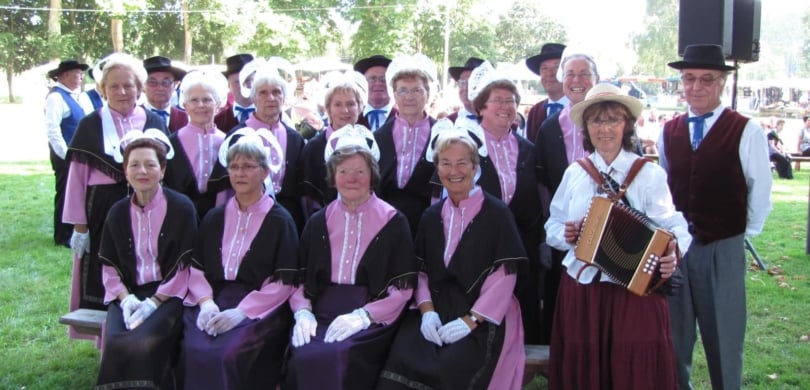
La Rosargue danse en public à des fêtes locales : le 14 juillet, le soir de la fête nationale, par exemple. Les femmes portent une robe rose, un châle noir, et un tablier noir. A la tête, elles portent une coiffe en dentelle blanche. Les hommes portent une chemise blanche, un pantalon gris, un gilet rouge bordeaux et un chapeau rond noir.
The Rosargue dances in public at local festivals: on July 14th, in the evening of French National Day, for example. The ladies wear a pink dress, a black shawl, and a black apron. On their head, they wear a white lace cap. The men wear a white shirt, gray trousers, a burgundy red vest and a round black hat.
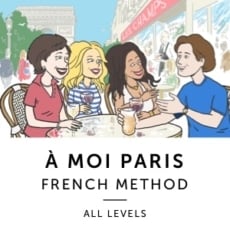
A new approach to learning both traditional and modern French logically structured for English speakers.
4 – Typical Breton Music Instruments
Les instruments de musique sont traditionnellement le biniou et la bombarde (une sorte de hautbois) mais aussi typiquement aujourd’hui le violon, l’accordéon, la clarinette ou même la flûte. De temps en temps, dans le nord-est, on voit une vielle. Quelquefois la musique est chantée, sans accompagnement instrumental.
Musical instruments are traditionally the bagpipes and ‘bombarde’ (a kind of oboe) but also typical today are the violin, accordion, clarinet or even the flute. From time to time, in the north-east, you see a hurdy-gurdy. Sometimes the music is sung without instrumental accompaniment.



5 – Breton Dancing – a Fun and Popular Danse
Certaines danses bretonnes sont assez faciles, ou même très faciles, et les cercles encouragent le public à venir danser avec eux. Faites une recherche sur YouTube pour un An-dro, un Hanter-dro, le rond de Saint-Vincent ou le Bal de Jugon. Mais d’autres danses sont beaucoup plus compliquées : googlez la Gavotte d’Honneur, Danse Kef ou le Kost ar C’hoat, et vous allez voir ce que je veux dire !
Certain Breton dances are fairly easy or very easy, and circles encourage the public to come and dance with them. Search on YouTube for an ‘An Dro’ or a ‘Hanter-dro’, the ‘Rond de St. Vincent’ or the ‘Bal de Jugon’. But other dances are much more complicated: Google the ‘Gavotte d’honneur, the ‘Dans Kef’ or the ‘Kost ar C’hoat’, and you’ll see what I mean!
A part dans les spectacles de danse, on peut trouver les danses bretonnes à deux autres animations : à un Fest Deiz, ou à un Fest Noz. Ces noms sont du breton pour ‘fête de jour’ et fête de nuit’. Et là, c’est tout le public qui danse ! C’est joyeux, c’est festif et c’est très convivial. Ce n’est pas important si vous ne connaissez pas tous les pas – vous allez apprendre en dansant !
Apart from dance festivals, you can find the Breton dances in two other events: a Fest Deiz, or a Fest Noz. These are the Breton names for ‘day party’ and ‘night party’. And there, it’s all the public who dances! They are joyful and festive, with a lovely atmosphere. It’s not important if you don’t know all the steps – you’ll learn as you dance!

Le Fest Noz fait partie du patrimoine culturel de l’humanité de l’UNESCO depuis 2012. Si vous venez en Bretagne – allez regarder un spectacle de danse… ou dansez vous-même. Quel souvenir inoubliable!
Since 2012, The Fest Noz belongs to the Cultural Heritage of Humanity of UNESCO. If you come to Brittany – go watch a dance show… or dance yourself. What an unforgettable memory!
If you liked this article, why not consider a stay at Suzanne’s home in Brittany to better your French? Here is more info about the French Immersion Residential courses recommended by French Today.
If you enjoy learning French in context, check out French Today’s downloadable French audiobooks: French Today’s bilingual novels are recorded at different speeds and enunciation, and focus on today’s modern glided pronunciation.
You’ll find exclusive mini lessons, tips, pictures and more everyday on French Today’s Facebook, Twitter and Pinterest pages – so join me there!


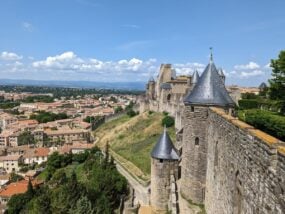
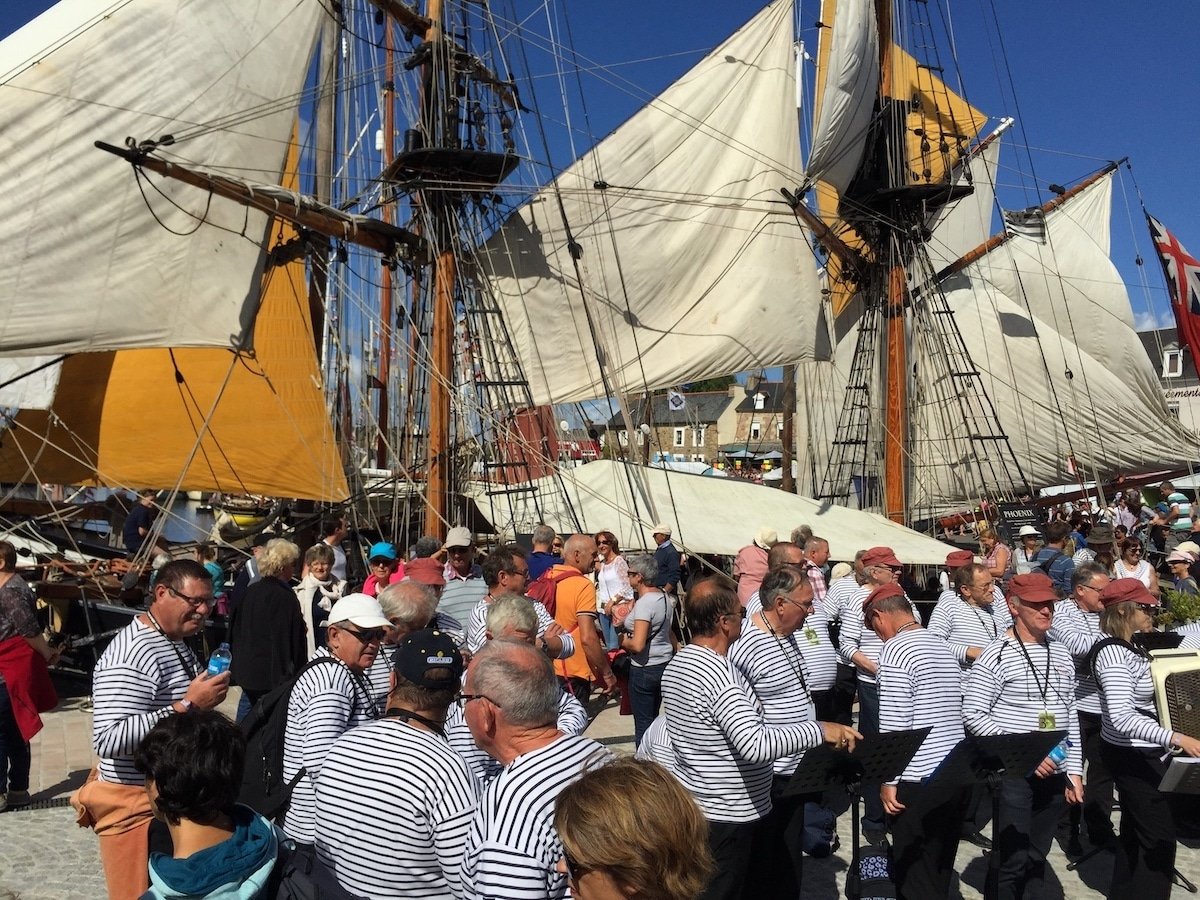
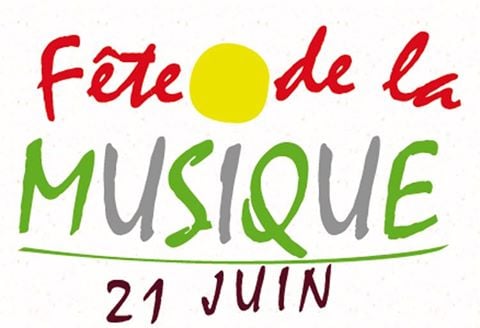




Comments